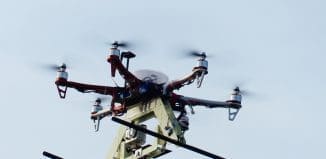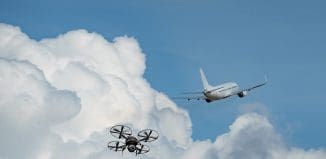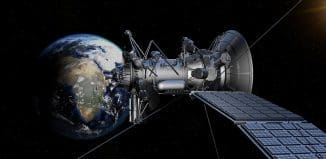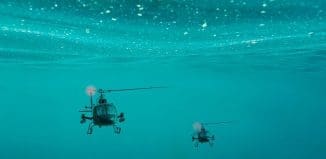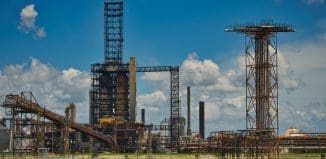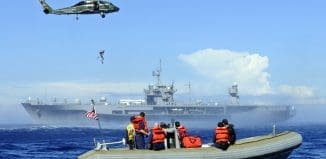New Radars To Bolster Malaysian Coastal Security
This post is also available in:  עברית (Hebrew)
עברית (Hebrew)
Malaysia announced a new contract with Airbus Defence & Space on 17 December 2015 for five Spexer 2000 Coastal radars, for an unspecified price. Curiously, the radars are not funded from the defence budget, but rather by petrochemical firm Petronas.
The new radar installations will bolster Malaysia’s integrated maritime surveillance system (IMSS) along the eastern Sabah coast. The IMSS was completed in August 2012 and features eight coastal surveillance stations, a joint regional command centre, and a data interface to Malaysia’s nation command & control (C2) system.
Filipino insurgents from the Royal Sulu Army intruded into Lahad Datu in Sabah in 2013, triggering a large, joint security operation by Malaysia’s military and police forces. The Spexer 2000 installations will monitor waters near the neighbouring Philippines to detect and prevent such infiltrations from recurring.
“Spexer 2000 Coastal is the world’s first security radar using the latest radar technology of active electronically scanned array [AESA]. Its capability to detect even the smallest targets in difficult littoral environments ensures a very high level of situational awareness providing security forces with additional reaction time,” said Thomas Müller, head of electronics and border security at Airbus Defence & Space.
The AESA system is able to detect targets on land, in the air, and in the sea, with a range of 21.6nm (40km), according to the company. The C2 system for the project is being furnished by Signalis/Bremen.
The new radars will join a varied rank of instruments employed by Malaysian authorities to monitor and protect the area under the Eastern Sabah Security Command (ESSCOM). ESSCOM already has CSS 1206 radar stations from Techno-Sciences, UAVs and floating bases dedicated to the coastal stretch.
The floating bases, also funded by Petronas, are composed of decommissioned oil rigs and cargo ships, and have been operational since May 2015.




